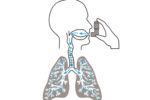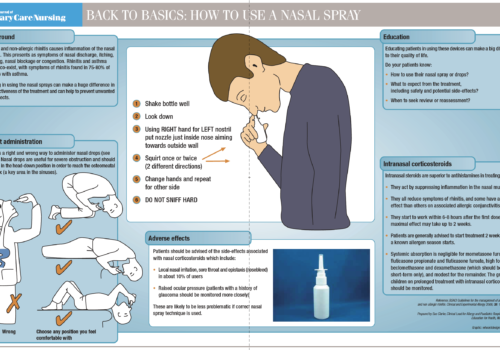The image of community pharmacy and the role of the community pharmacist have changed
substantially over the past 5-10 years. Things are set to keep changing with the newly
published White Paper for pharmacy in England and the continued restructuring of the
health service in Scotland. The community pharmacist’s role will become much more
integrated into the multi-professional care of patients.

























